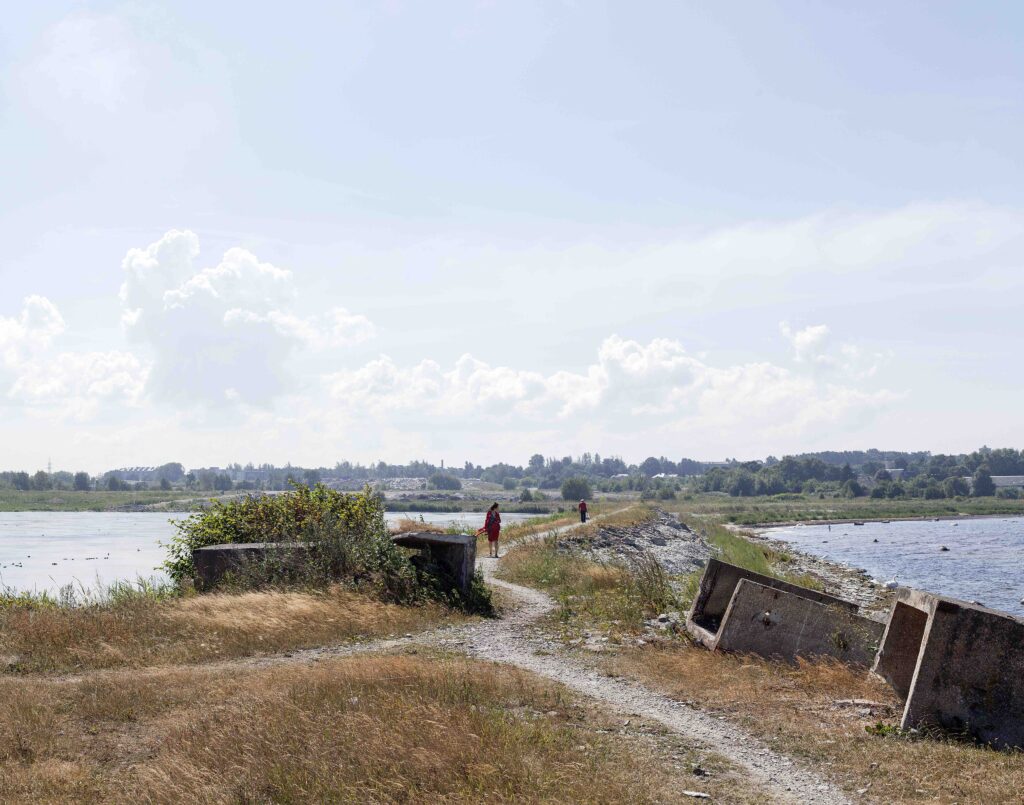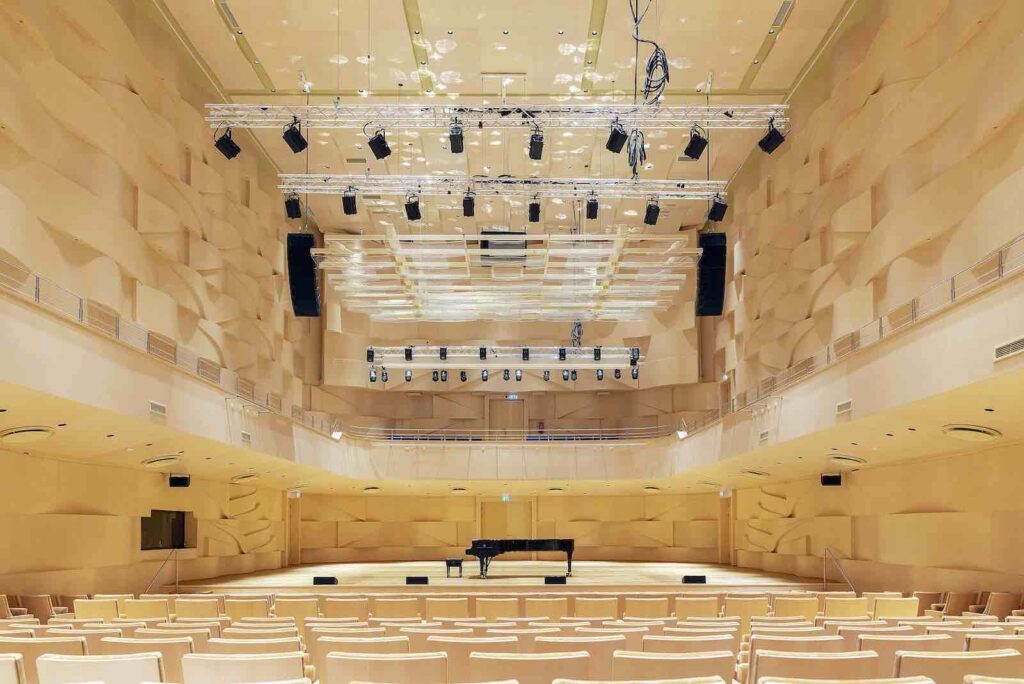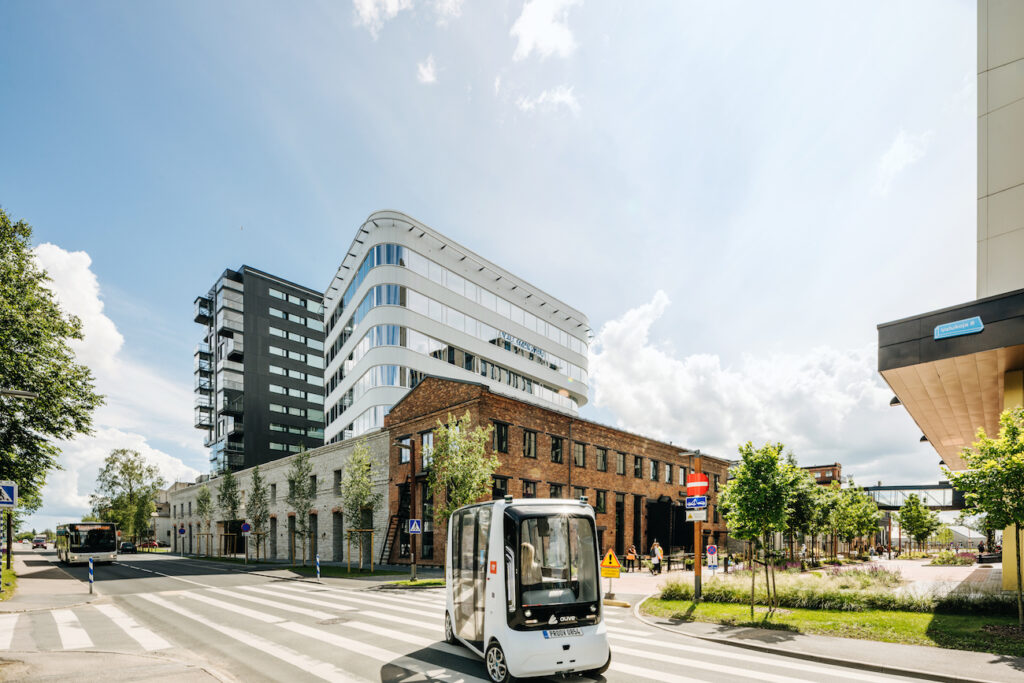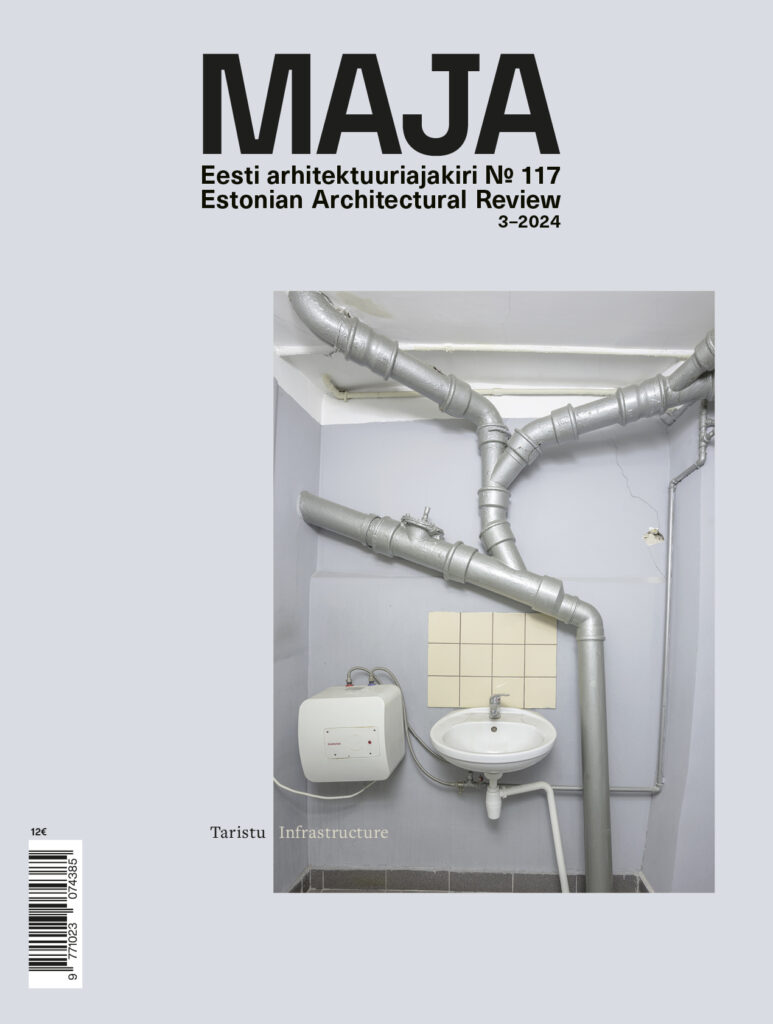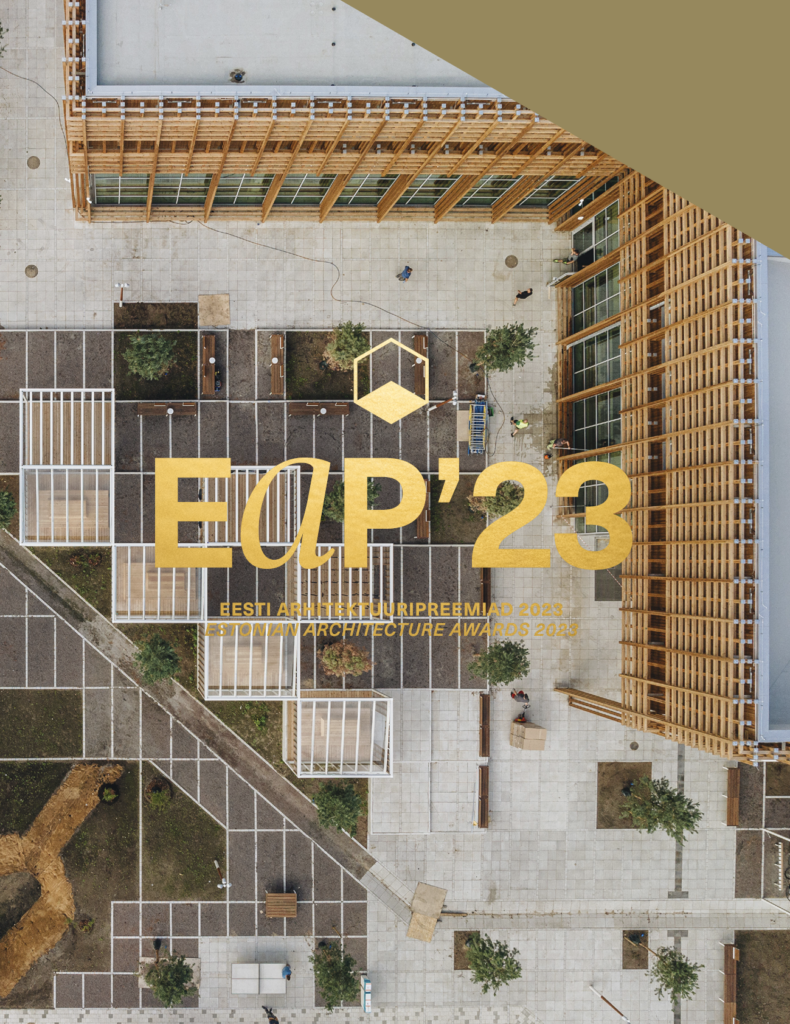Kõigepealt tuleb arutleda selle üle, mida saab üldse tühermaaks pidada. Kindel on see, et tühermaa on linnalooduse osa, kus inimese mõju on väga selgelt näha ja tunda. Võiks ehk isegi öelda, et tühermaa on inimtekkeline. Seal võib kohata varemeid, lagunenud taristut, ehitusjäätmeid ja muud. Kui püüame sõnastada definitsiooni, siis saame öelda, et tühermaa on inimese kasutatud ala, mis on seisnud aastaid kasutuseta ja mille loodus on aastatega üle võtnud. Kindlat piiri, mis on tühermaa, mis mitte, on siiski üsna raske tõmmata. Tallinna Ülikoolis oleme põhjalikumalt uurinud Lasnamäe tühermaid ja järgnevad suuremad üldistused teen just nende põhjal.
Ülemiste City presents itself as a compass for the future and the first smart work and living environment in Estonia. The contemporary approach to smart living environments focuses on the needs of the people. We will explore to what extent Ülemiste district meets people’s environmental psychological needs.
Estonian Academy of Arts (EKA) master’s theses in interior architecture demonstrate an ability to raise serious global issues, and a polemical search for what interior architecture could contribute to their resolution.
Happiness—a word frequently used to describe the sensation emanating, exuding and radiating from the newly completed large concert hall of the Estonian Academy of Music and Theatre. How is happiness built?
How does change in society reflect in architecture? In order to answer this question, we look back on the spatial design in the thirty years of regained independence. What kinds of spaces have accommodated us in the last three decades at work, in school and while enjoying culture? What have our homes been like?
One of the most important traits in the 21st century is considered to be creativity. What kinds of spaces set the cornerstone for a creative personality? Let us examine the interiors and exteriors of Raja Kindergarten in Pärnu.
Maja spring 2021 edition is on sale in Estonia. For subscriptions please contact info at ajakirimaja.ee
Jenni Partanen, the Future City Professor at TalTech, discusses the challenges in planning a smart city and introduces her research plans, using Ülemiste City in Tallinn as an example.
This issue of Maja is dedicated to the 30th anniversary of the Estonian Association of Interior Architects.
No more posts

